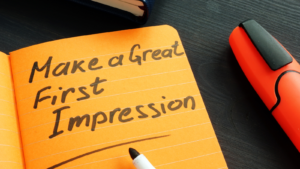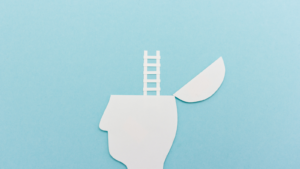By: Magali Arteaga
With reference to the United Nations Sustainable Development Goals
Edited by: Alan Maley and Nik Peachey
British Council 2017
208 pages
ISBN 978-0-86355-855-9
It is undoubtedly true that humans transform the place in which they live. Whether this transformation is positive or negative depends on us, human beings. On September 25th 2015, 193 countries adopted a set of goals to end poverty, protect the planet, and ensure prosperity for everyone.
The Sustainable Development Goals, also known as SDGs, are a set of 17 “Global Goals” spearheaded by the United Nations based on the notion of “The Future We Want.“
The goal-setting approach channels efforts to fight poverty, hunger, improve health and education, make cities more ecological, combat climate change and protect oceans and forests. Progress in these fields not only requires knowledge of what the goals are, but also a sense of will to accomplish them. Education then is the key.
The book Integrating global issues in the creative English language classroom: with reference to the United Nations Sustainable Development Goals offers a superb repertoire of hands-on and creative teaching ideas rooted in the SDGs. With the aim of encouraging teachers, parents and students to reflect, discuss and debate the future of the planet Earth and its inhabitants, and to ponder on how change can be effected, the editors, Alan Maley and Nik Peachey have managed to line up an excellent cohort of educators, who have created a wealth of inspiring activities to help students become aware of world issues and to arouse curiosity about them.
Some teachers tend to assume that students only learn things that are closely related to the subject matter being taught. However, what John Dewey calls “collateral learning” is just as, if not more, important. Therefore, even though it is arduous to create activities that not only enhance language acquisition, but also help students develop an attitude that will impact on future decision-making, it is a worthy task.
The book consists of 22 thought provoking chapters, which discuss topics such climate change, ageism, ending poverty, lifelong learning opportunities, gender and equality. Although most chapters deal with single issues, all of them call for a rethinking of many other factors, such as cause and effect, origins, consequences, and complex relationships. The sections in the book can be studied non-sequentially; the actual order would rather depend on how relevant the topic was to the teacher.
The units begin with an introduction to the specific goal that is being discussed and offers a range of activities that vary in difficulty from 4 to 8. The authors specify the suggested age for the activities and there are recommendations on how to put the lesson plan into practice. Each activity includes the aims and the language focus (highlighting linguistic and content points). The creative focus is mainly related to critical thinking, but further useful information, e.g., the age level, the duration of the activities, the Common European Framework level, the lesson- plan itself, and additional resources are also included.
As a teacher who has been designing lesson plans for more than 20 years, I find the activities in the book to be of excellent quality and of a handy format. They are all easy to adapt to most classes. The topics can provide dynamism to the class, and involve drama, role-play, descriptions, matching and similar engaging activities.
Looking at the volume a little closer, in the first chapter, Carol Read introduces activities that help children understand the general concept of sustainable development goals. Her approach can help develop students’ critical thinking while encouraging them to become socially responsible global citizens. She proposes a new way of teaching: instead of using the traditional, item-oriented method, she opens the door to a holistic approach by including activities that allow children to talk about topics confidently, but respectfully. The activities, thereby, enhance social skills like turn-taking and co-operating.
As an EFL teacher who has worked her entire life in a developing country, I must confess that Chapter 3 on hunger by Linda Ruas really resonated with me. She calls for a fairer distribution of food by encouraging the use of organic food, reducing waste and even something as simple (but powerful) as writing to world leaders. She stresses that students should learn how important it is to take a stand and express their ideas courteously, but firmly, through research and questioning. This can only be achieved by awakening the students’ curiosity and consciousness. The activities offered in this chapter are particularly inspiring.
In chapter 11, Alan Maley considers all the little things we can do in class to create change by raising awareness about issues like inequality, and sparking interest in transforming the world. What is praiseworthy in this chapter is how Maley suggests switching the activities already described in the chapter, which make use of the internet to less sophisticated methods. This double lesson plan design in itself advocates the lessening of the gap in inequality.
Without any doubt, the book is essential reading for teachers who intend to make a change in their way of teaching as well as change the way their students think about the world.




